Deep Learning Concise Tutorial
As a branch of machine learning, deep learning can be said to be a very popular topic at the moment. Giants like Google, Microsoft, and IBM are investing in a series of emerging projects focusing on deep learning. Their goal is to develop neural networks that can learn more and more complex tasks. But how does it work? In this article we will discuss together.
Have you received spam?
The current spam filter already filters out most of the emails that we do not want to receive, and the accuracy is very high. However, not many people know how these spam emails are filtered by normal emails. Because the new spam address can be easily re-enrolled, it cannot simply be filtered based on the sender's address. The second reason is that spam is often sent through the normal account address stolen by a third party. The best way to separate spam from normal email is to look at the specifics of the email message. The most effective way to do this is based on machine learning.
Machine learning continues to improve itself through self-learning systems that learn to recognize structures in data in an automated manner. In this way, the system can learn a model that can be used for data interpretation. We can use it to predict unknown data. Some well-known examples of machine learning include facial recognition, voice recognition, and text translation. In addition, Google’s driverless cars also use a number of different machine learning systems to identify pedestrians and traffic signals.
Benchmarking principle
The basic principle of machine learning is quite simple. Imagine we want to build a machine that can distinguish between apples and pears. A digital image consists of an object, two values ​​called features, where the values ​​are extracted from the digital image by a small piece of manual code. The code can extract the color of the object in the image (from red to green) and the shape of the object (from circle to ellipse). Now imagine that we have a set of images containing apples and pears. For each image, if it contains an apple or a pear, we will call it directly with the label of the image. When we calculate the characteristics of the images in the training set and draw them out, the results are shown in the figure below.

From the above figure, we can see that most of the calculation results of apples and pears fall in their own regions, so the two object categories can be distinguished by dividing them into two different spaces (blue lines). Now if we give a new object picture, we can tell whether it is an apple or a pear by calculating the feature and checking its position in space. Essentially, the algorithm has separated apples and pears from the data.
Although the situation looks optimistic, we also noticed that if the calculated features are close to the classification lines (blue lines) of the two objects, the system will make mistakes, such as the green oval apple and the round and red pears. . Therefore, the accuracy of this algorithm is highly dependent on the number of samples on the training set, as well as the quality and quantity of features used. For example, we can use one-third of the features to quantify the structure of the object. This may increase the accuracy of the algorithm. The entire process is shown in the figure below.

Deep learning
The above method is the essence of machine learning, which has been used for decades. The most important point is that building object classes is a separable, high-quality feature. However, one might ask, is it possible to learn these features directly, in addition to coding them manually? This is indeed possible, and it has existed since the 1970s. One of the methods that can be used to learn features is neural networks. Neural networks are based on the way the brain works.
Artificial intelligence neural networks are built based on artificial neurons that model individual brain cells, which represent a unit of arithmetic.
Artificial neural networks receive different values ​​as input (eg, from other artificial neurons), and then generate a single output value through a simple equation operation. This output value can be used as the input value of other neurons. By connecting the neurons in each layer, we built a large artificial neural network. Since a single neuron performs a simple computational behavior, the network as a whole can perform a very complex operation. The following figure shows this process. The circle represents the neuron and the line represents the output - the connection between the input neurons. An interesting thing about neural networks is that they automatically learn the features they need. It is conceivable to have a neural network that separates apples and pears by directly learning the input image features (color, shape) it receives.
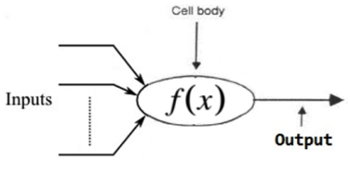
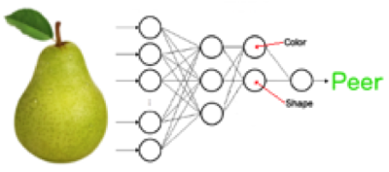
The "depth" in deep learning refers to the number of levels in the neural network, and the depth plays a very important role in learning good features. This is because each layer learns another set of features based on the features of the previous layer. The deeper the neural network, the more complex the features it can learn. Want to understand more deeply the working principle of the neural network can be a simple understanding of the following figure, also through the following link: playground.tensorflow.org detailed viewing demonstration.
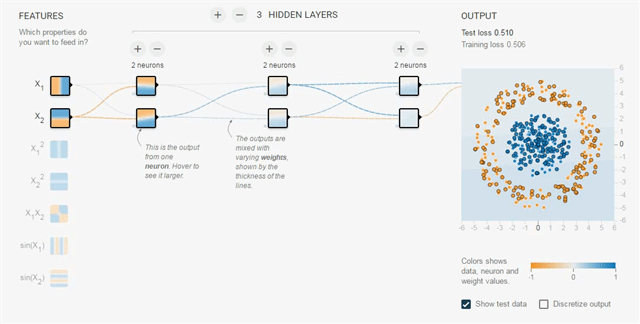
Although neural networks can learn characteristics by themselves, these are not usually applied to practice. There are actually two reasons for doing so. The first is that it requires a large amount of training samples, and the second is that learning good features requires many levels, which in turn requires a lot of computing power. With the rise of big data and the increase of computing power in recent years, it has become possible to apply these neural networks in practice. Neural networks can learn more complex features than manual construction, so they tend to perform better than hand coding systems.
application
Machine learning and deep learning are widely applicable. It is not limited to the application of separating pears and apples in industry and agriculture. For example, there is a system that can learn to recognize cancer cells from healthy cells through medical scanning. The accuracy of this system has rapidly improved over the past few years. Another example is Facebook's creation of a system similar to Siri, which can analyze the content of a picture with high accuracy and can also answer questions about the content of the picture.
Although these types of systems do not perform better than humans, there are professional systems that have long surpassed human performance in their own fields. For example, an application developed by Microsoft can identify dog ​​breeds with high accuracy, which is more accurate than humans. As shown in the following figure, the specific demo address Microsoft's Fetch App Identifies Your Dog
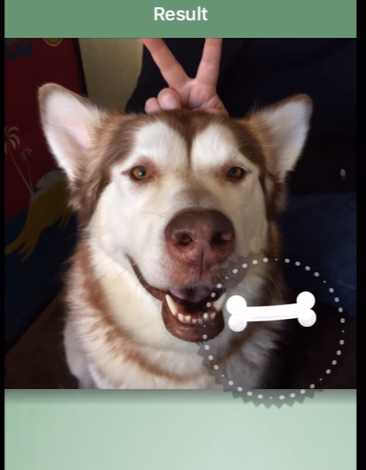

Machine learning can be used not only for classification recognition but also for text analysis. For example, a neural network can be used to extract points of view in the text. It can indicate whether the view held by the text is positive or negative. This is a fairly well-known technology whose applications include automatic assessment of product reviews.
In my opinion, the most impressive application of machine learning is in the field of artificial intelligence. The combination of neural networks and reinforcement learning makes it possible to build smart agents that can learn from their own environment.
The best example is Google Deepmind's system, which learns how to play Atari video games with complete autonomous trial and error. The system only accepts screen input just like a human player, and it only generates a press signal on the video game controller. In some electronic games, the system actually performs better than humans. Demonstration address DeepMind's DQN playing Breakout

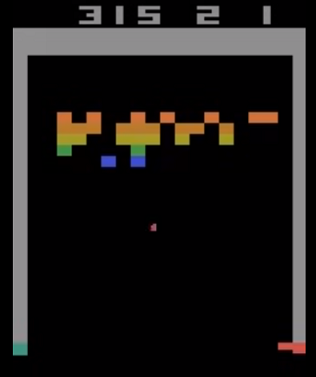
At present, the potential for the development of deep learning in the future can be said to be quite large. I hope you will have a basic understanding of deep learning through this introduction.
PS : This article was compiled by Lei Feng Network (search “Lei Feng Network†public number) and it was compiled without permission.
Via Dzone
6V Desktop Switching Power Supply
A 6V Desk-top power supply can be battery charger for your laptop, or power backup for your bluetooth speaker, or external power source for your massage chair, or power station for your electrombile. A desktop power adaptor can be used everywhere in your life. With the over-current protection/over-load protection/over-voltage protection and short circuit protection, our desktop power supply assured you a perfect safety usage. At the same time, every piece of power adaptor that we produced, was get through 100% full-load burning test for at least 2 hours, and 3000Vac withstanding voltage test for 1 minutes. The conversion rate of our desktop power supplies is 85%, which is much higher than other factories.
6V Desktop Switching Power Supply,Desktop Switching Power Supply,Switching Power Supply
Shenzhen Juyuanhai Electronic Co., Ltd. , https://www.powersupplycn.com